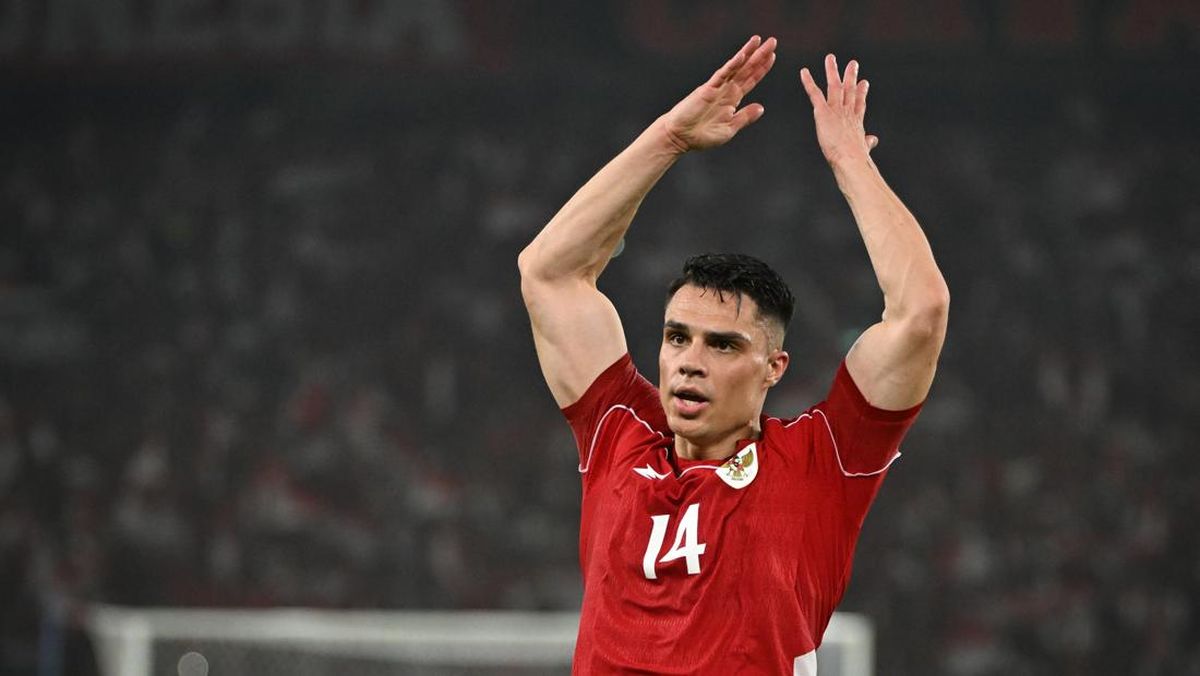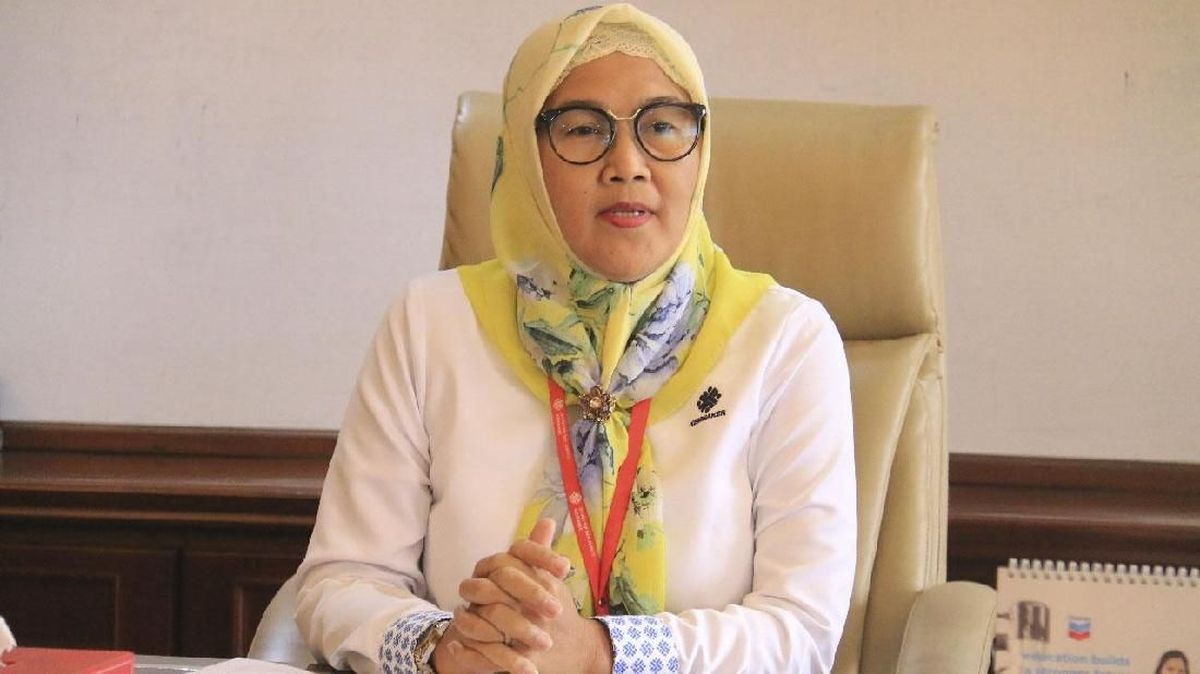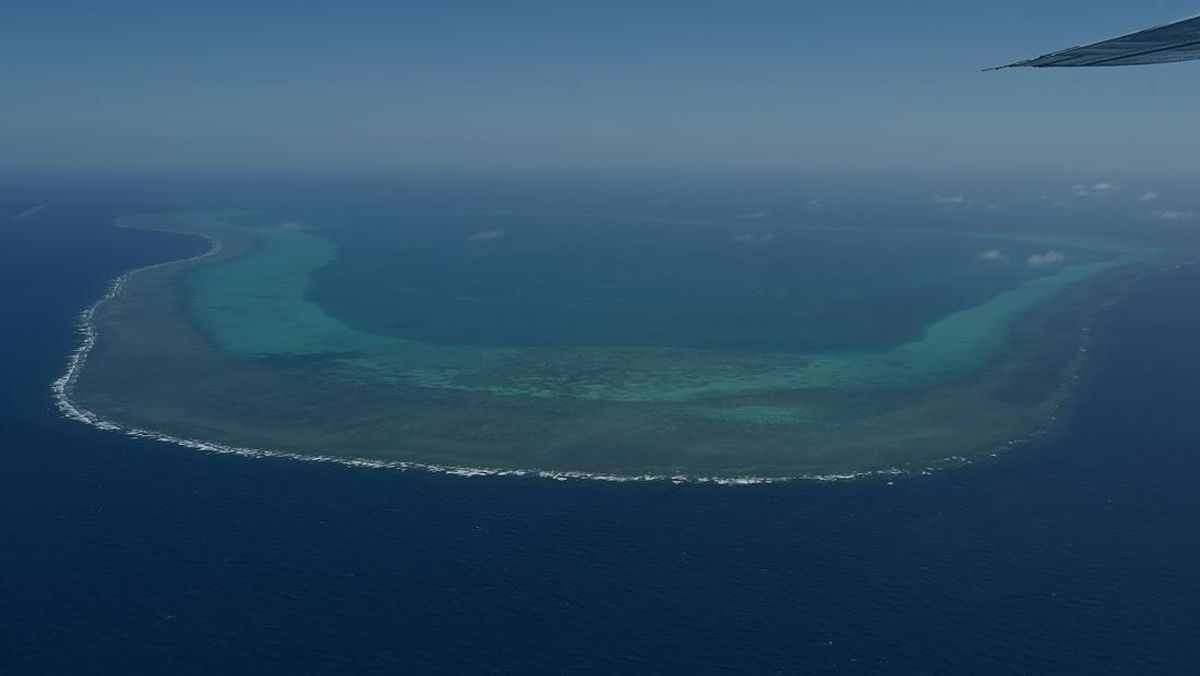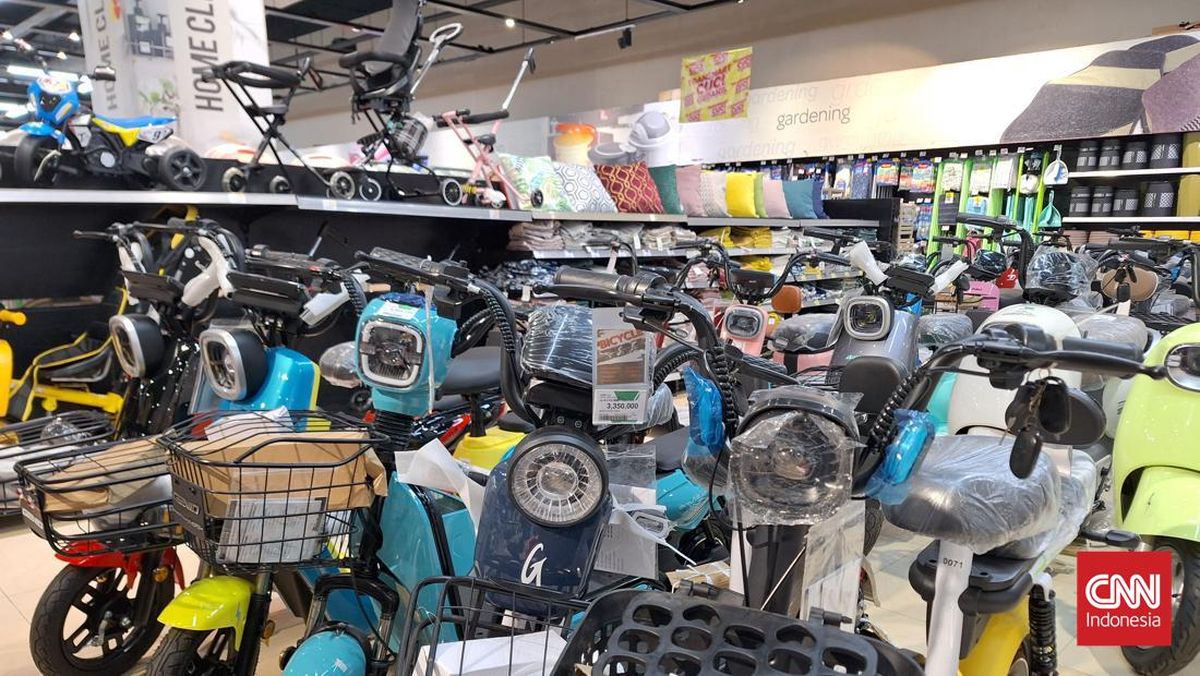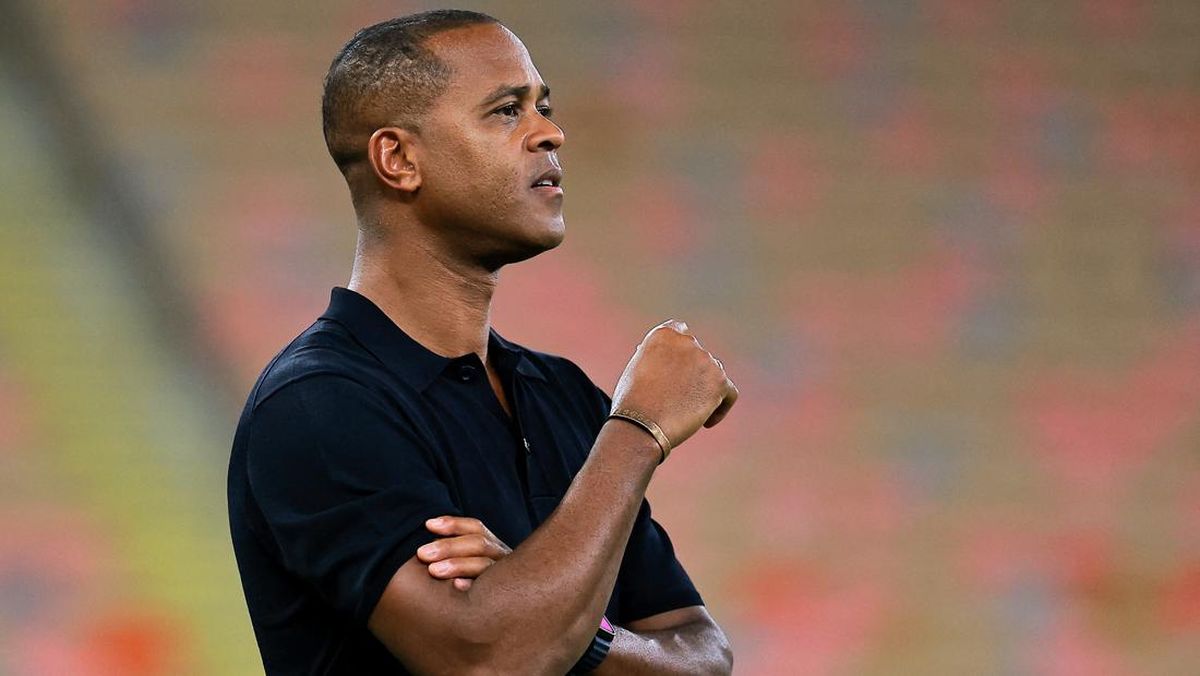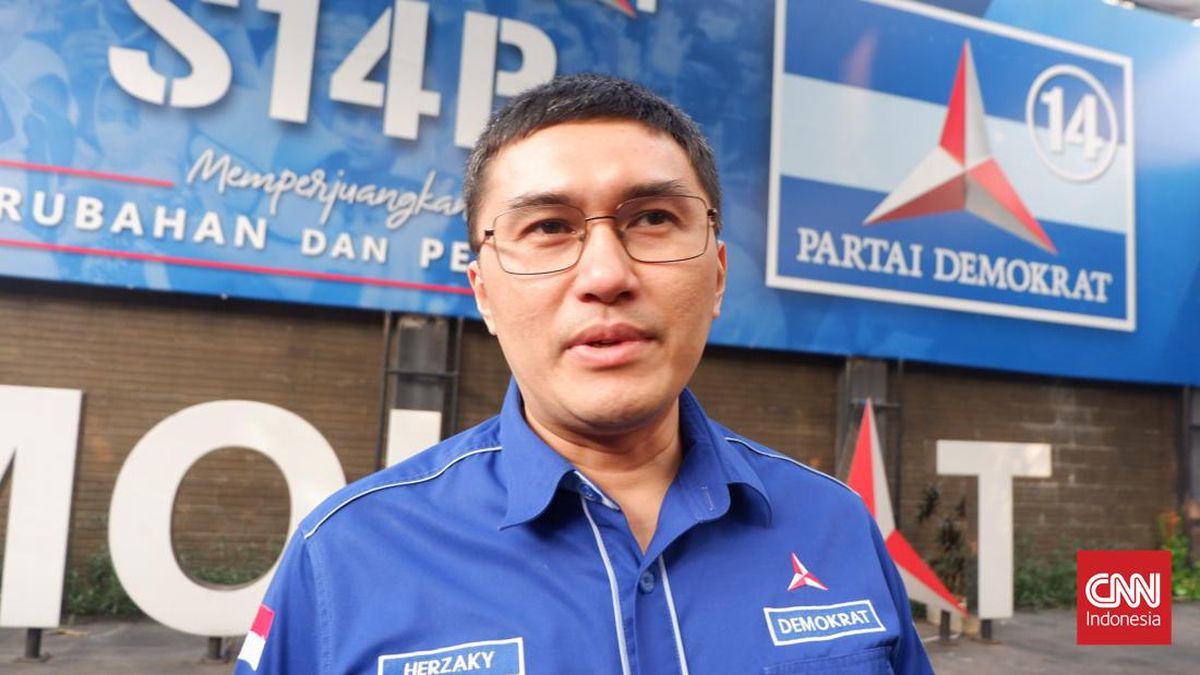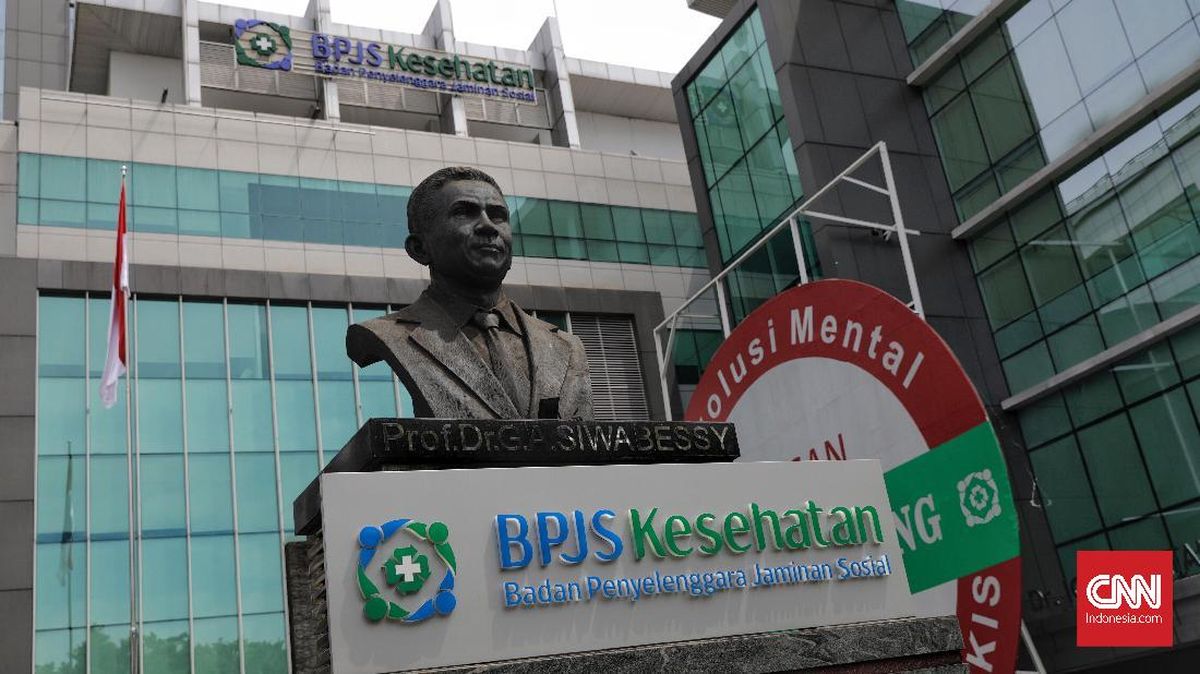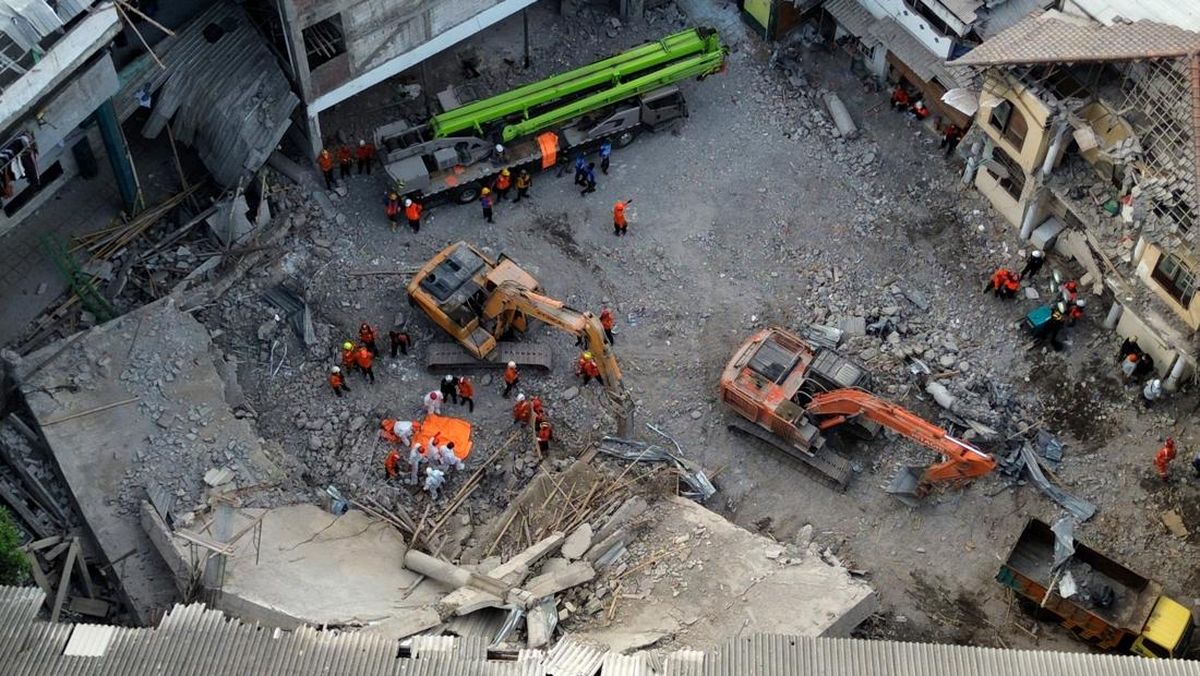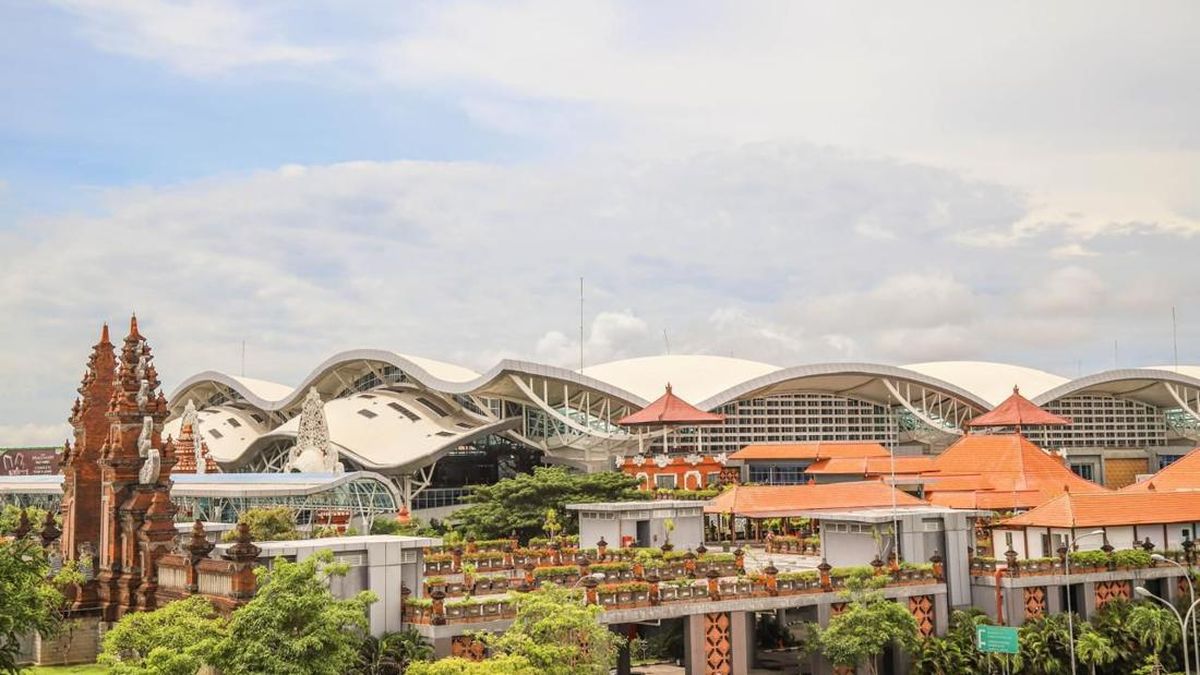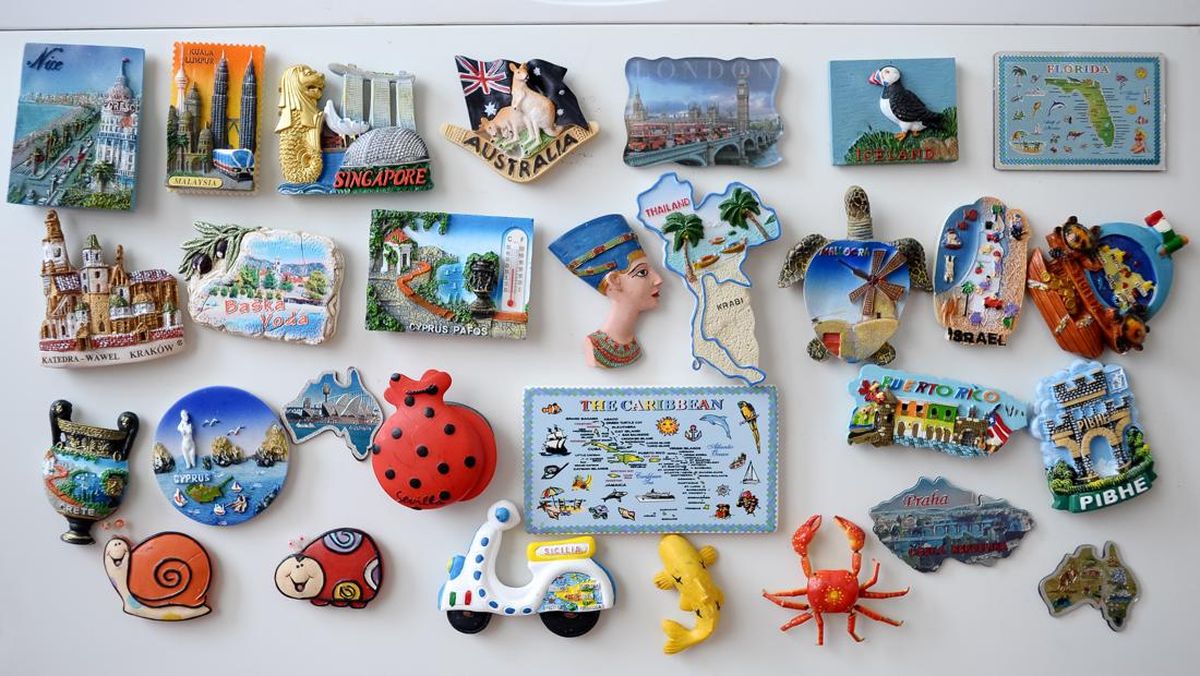By Choe Sang-Hun
October 12, 2025 — 4.30pm
Seoul, South Korea: Columns of goose-stepping soldiers and a procession of powerful nuclear missiles rolled through the rain-soaked capital of North Korea on Friday evening, as senior officials from China and Russia joined the country’s leader, Kim Jong-un, for a show of solidarity against the US-led global order.
Kim organised the enormous military parade at the main square of the capital, Pyongyang, to celebrate the 80th anniversary of his ruling Workers’ Party. He used the spectacle to show off his country’s growing geopolitical value as a partner to China and Russia in pushing back against the United States.

This photo, provided by the North Korean government, shows what it says is a new intercontinental ballistic missile called the Hwasong-20.Credit: AP
Joining Kim on the viewing platform were Premier Li Qiang, China’s second-highest-ranking official; Dmitry Medvedev, the deputy chair of the Security Council of Russia and a close ally of President Vladimir Putin; and To Lam, Vietnam’s Communist Party chief, according to images released by North Korean state media on Saturday.
Loading
The parade was also an opportunity for Kim to highlight the deepening military ties between North Korea and Russia. North Korean soldiers who fought for Russia in its war against Ukraine joined the parade Friday, carrying the flags of both nations. North Korea has provided Russia with 15,000 troops, according to South Korean officials, and large shipments of artillery shells, rockets and missiles.
The North Koreans will continue to “fulfil their responsibilities in the joint struggle of the progressive mankind for opposing injustice and hegemony and defending justice and peace,” Kim said in a speech before the military parade, a veiled show of defiance against the US-led West.
North Korea has long used military parades for domestic propaganda. They have become more frequent and bigger under Kim, who has also used them as a venue for brandishing new weapons to gain leverage against his enemies, like the United States.

Soldiers march in the Pyongyang parade to mark the 80th anniversary of the founding of the country’s ruling Workers’ Party.Credit: AP
The weapons shown off on Friday included military drones, tanks with modern electronic warfare equipment and various missiles, including hypersonic ballistic missiles and Hwasong-20s, North Korea’s newest intercontinental ballistic missiles.
The Hwasong-20, which has not been test-launched yet, is the latest in a series of ICBMs that North Korea has developed under Kim. President Lee Jae Myung of South Korea said last month that North Korea was getting close to building ICBMs capable of targeting the mainland United States with nuclear warheads.
Washington has long campaigned for the “complete, verifiable and irreversible dismantling” of North Korea’s nuclear weapons program. But North Korea insists on being accepted as a nuclear-armed state. Last month, Kim said his country was willing to restart dialogue with Washington only if it stopped trying to deprive North Korea of its nuclear arsenal.

South Korean analysts have suggested that the North’s latest generation of missiles may be able to reach the continental United States.Credit: AP
The scene of senior Chinese and Russian officials watching the march of nuclear missiles in Pyongyang reinforced a shift in policy in Beijing and Moscow over North Korea’s nuclear weapons program.
Loading
In recent months, Russian officials have indicated that they would no longer insist on North Korea’s denuclearisation, calling it a “closed” matter. China also no longer mentions “denuclearisation” in official statements following high-level meetings with North Korea.
“When the same formulaic term vanishes from multiple official documents within weeks, it signals [an] intentional policy shift, not bureaucratic oversight,” said Seong-Hyon Lee, a senior fellow at the George H.W. Bush Foundation for US-China Relations.

Troops line the square as the North Korean flag is raised at the Pyongyang parade.Credit: AP
The parade in Pyongyang came less than three weeks before international leaders were expected to meet in Gyeongju, South Korea, for meetings of the Asia-Pacific Economic Cooperation (APEC).
President Donald Trump had earlier said he planned to meet with President Xi Jinping of China at the APEC gathering. But in a Truth Social post on Friday, he indicated that he might cancel the meeting, criticising Beijing’s export control on rare-earth minerals.

North Korean leader Kim Jong-un (centre left) greets Chinese Premier Li Qiang (centre right), Vietnamese Communist Party General Secretary To Lam (left) and Russian Security Council Deputy Chairman Dmitry Medvedev (centre) in Pyongyang.Credit: AP
As strategic competition between China and the United States intensifies and Russia’s war against Ukraine rages, Kim has seen his geopolitical value to Beijing and Moscow rise.
Russia resurrected a Cold War-era alliance treaty with North Korea last year, as Kim supplied it with badly needed weapons and troops. And as evidence of the North Korean leader’s growing leverage, China invited Kim to Beijing last month to flank Xi along with Putin while watching a military parade similar to the one on Friday.
Loading
The seniority of the Chinese delegation to Pyongyang this past week represented another nod to Kim’s elevated standing in the anti-West partnership. Li was the first Chinese premier to visit North Korea since 2009.
To Russia and China, the parade in Pyongyang “showcases advanced military hardware as a shared asset in a collective challenge to Western strategic dominance, repositioning North Korea from client state to indispensable partner”, said Lee, the analyst.
“To the United States, the message is that the established playbook for North Korea is obsolete, with Kim flanked by top Chinese and Russian officials while displaying formidable weapons including potential multi-warhead ICBMs.”
This article originally appeared in The New York Times.
Get a note directly from our foreign correspondents on what’s making headlines around the world. Sign up for our weekly What in the World newsletter.
Most Viewed in World
Loading

